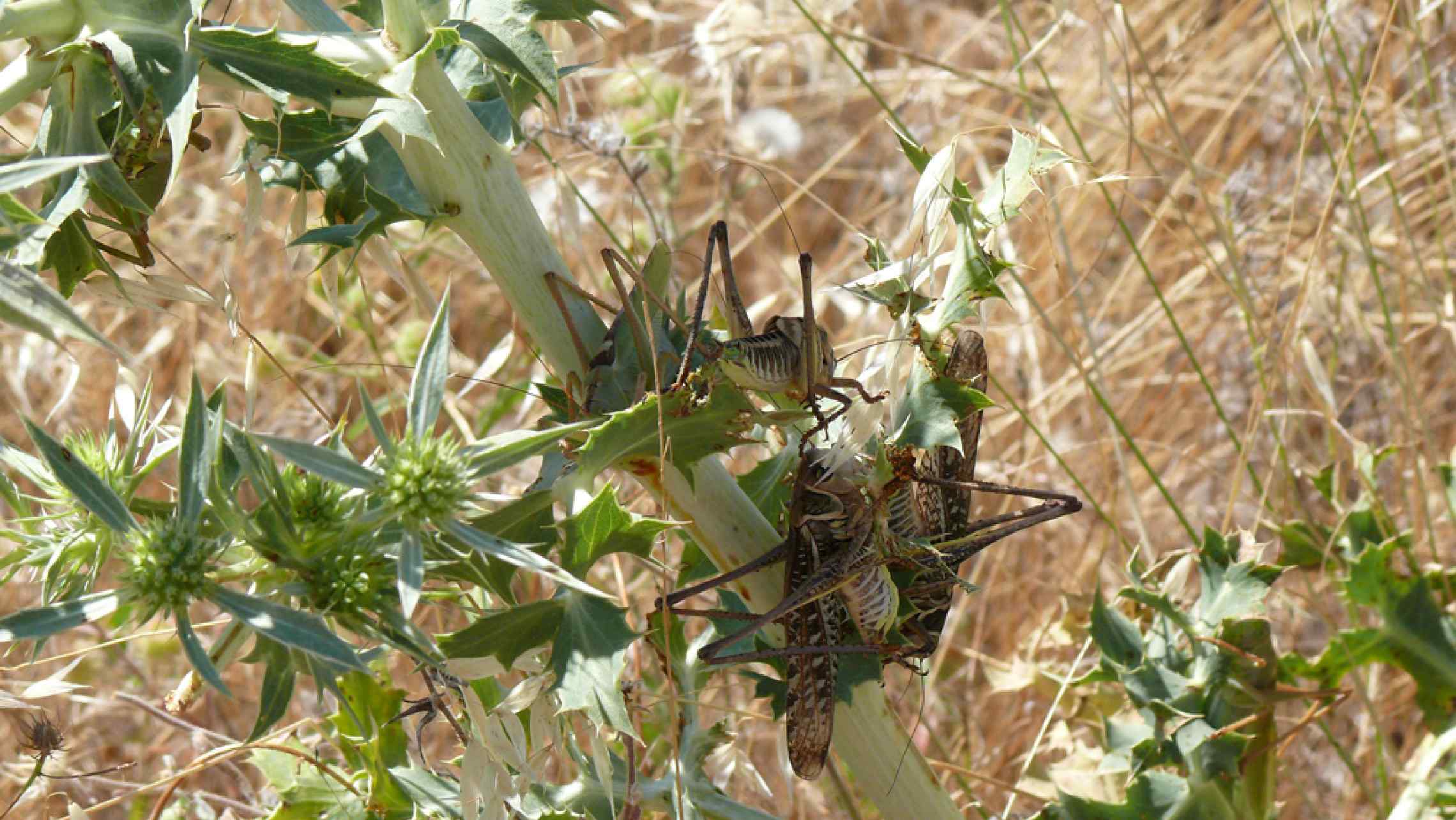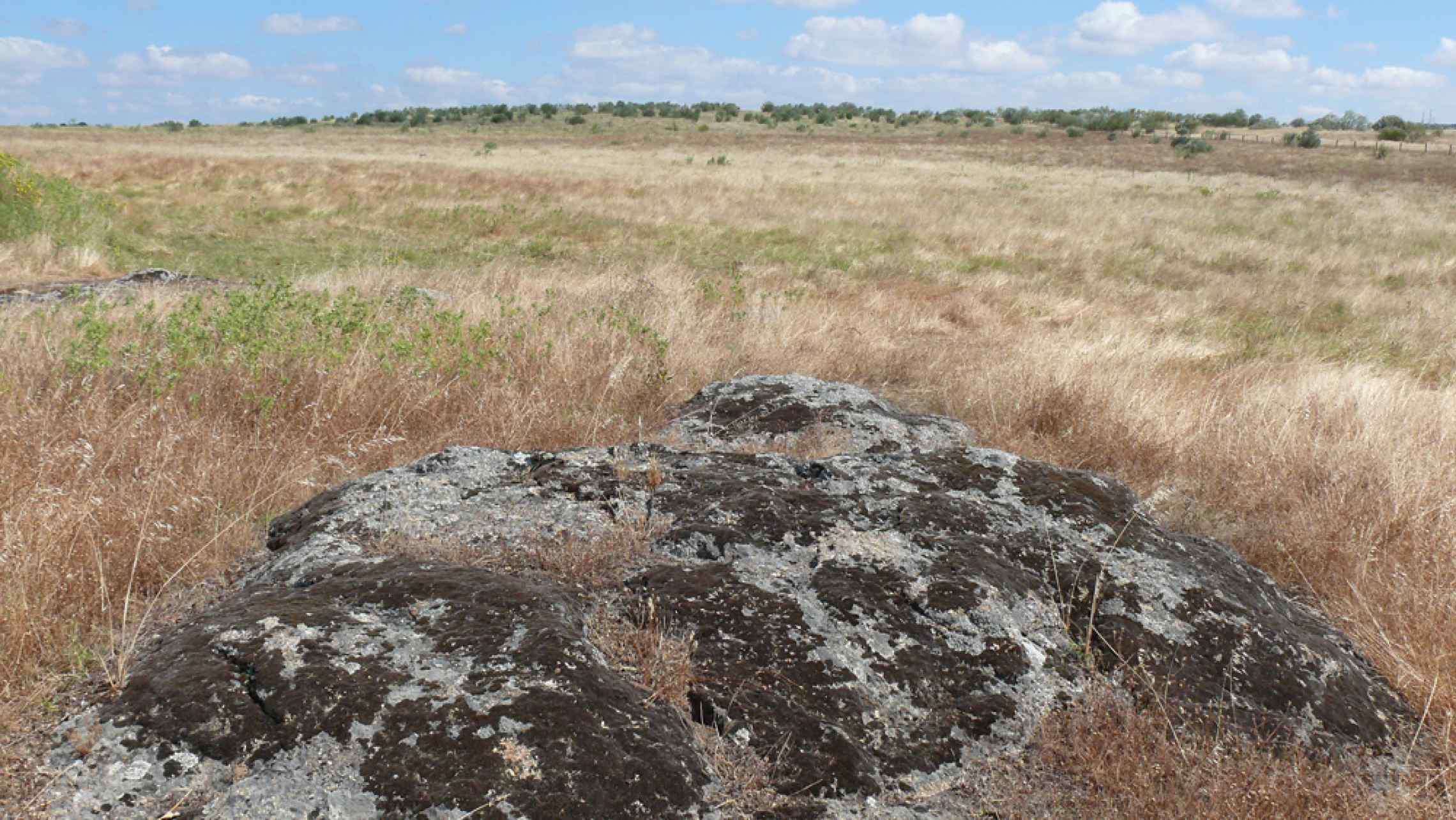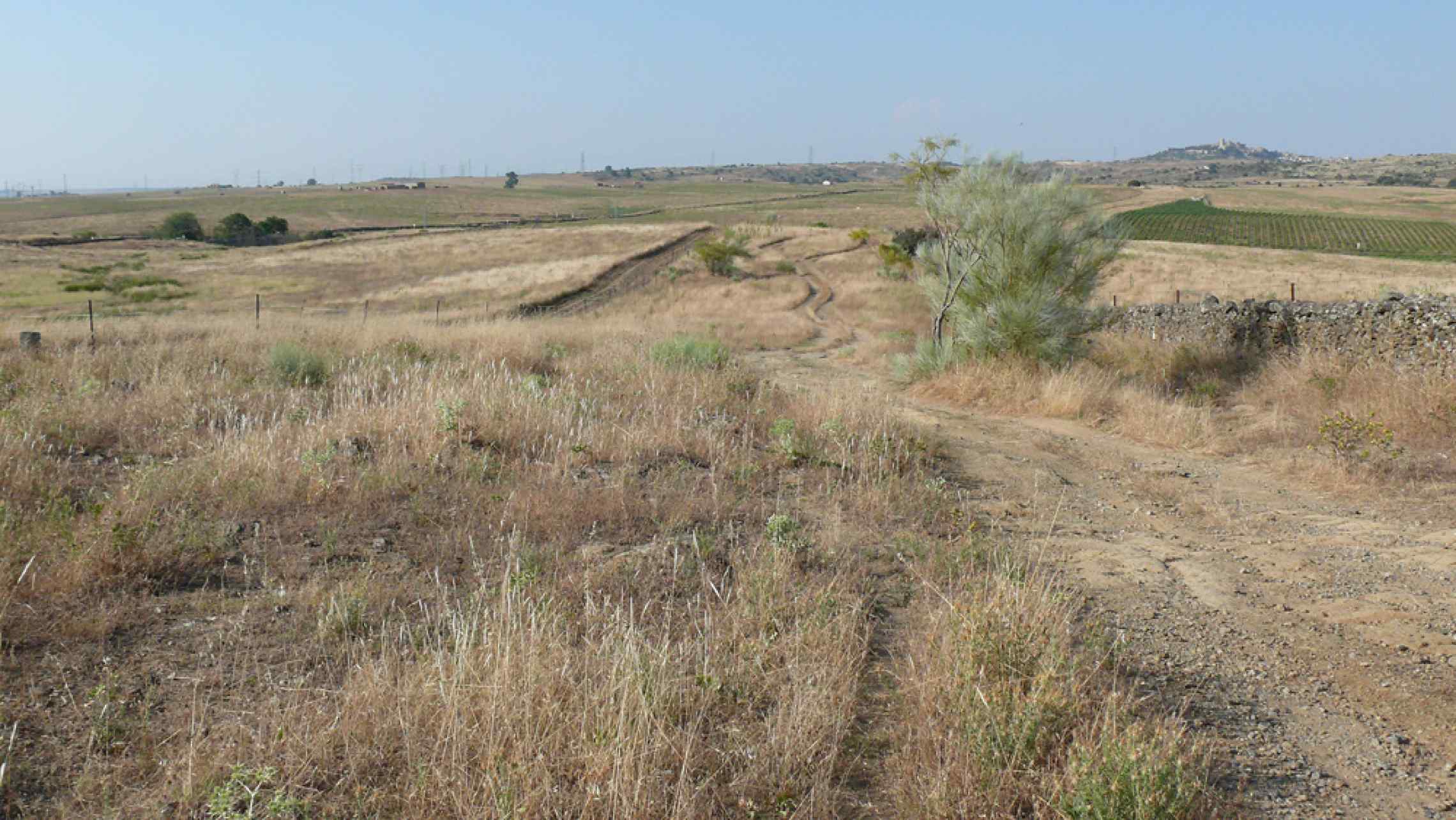One of the main factors when establishing the protection criteria for a species such as the lesser kestrel is to know, as accurately as possible, where their main feeding areas are and what environmental characteristics those areas possess.
This is one of the basic aims of Life ZEPAURBAN's Action A2 - “Study and characterization of the feeding habitats of the lesser kestrel in the Urban SPAs and roosts of Extremadura,” on which intensive work was carried out during the 2018 breeding season. Thanks to the information provided by the GPS transmitters with which almost fifty adult lesser kestrels from the colonies at Acedera, Casa de La Enjarada, and the i-Novo Center of Trujillo were fitted, the areas used by the species to search for its prey have been fixed with great precision.
The feeding areas varied throughout the breeding season (although some were used repeatedly by the lesser kestrel specimens), although a certain pattern for the habitat selected by the species could be established thanks to the visits made to the areas most frequented by the specimens and the information on the prey species found at each of the hunting grounds.
In general, the data collected indicates the lesser kestrel's marked preference towards sites with certain environmental characteristics -- at least in the colonies studied. These preferred feeding areas are made up of open areas, they are more or less flat, managed in a traditional way by means of extensive cattle ranching with some rainfed grain crops (exploited by the species, especially during harvesting times) and, fundamentally, they have vast extensions of wastelands and grasslands with abundant wild grasses, some woody extensions (broom), and different plant compositions (in particular several species of thistle). They also have low to moderate livestock activity. Another determining factor in the choice of these areas as hunting grounds was, obviously, the presence of high prey densities; in particular, Orthoptera of the Decticus, Steropleurus, Platycleis, Tessellana, Tettigonia, and Dociostaurus genera.
The data obtained (together with the data to be collected in this season, 2019, and in 2020) will allow for the design of specific habitat management measures, improving the feeding possibilities of the colonies and, therefore, ensuring the reproductive success of the kestrels.
This action is being carried out with the support of the Biodiversity Foundation.





